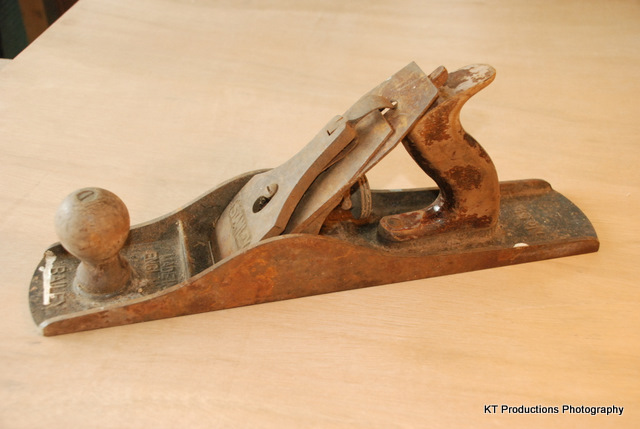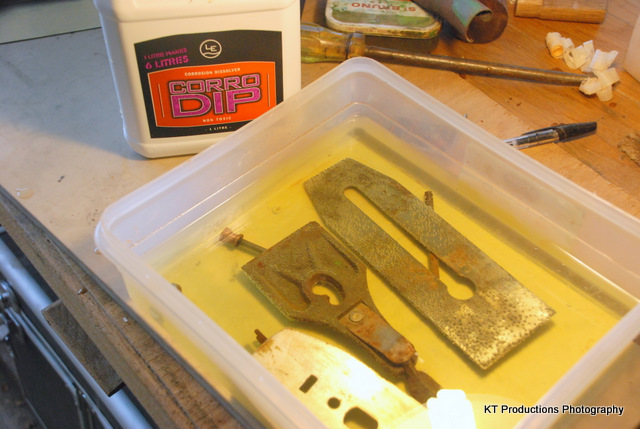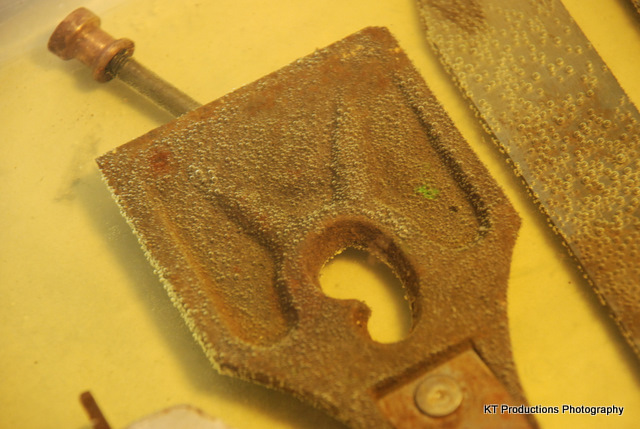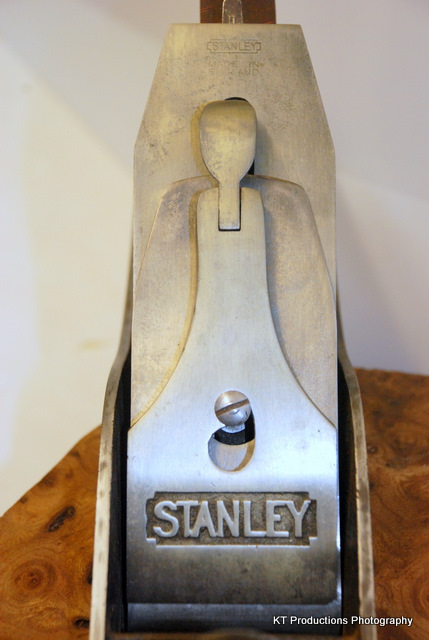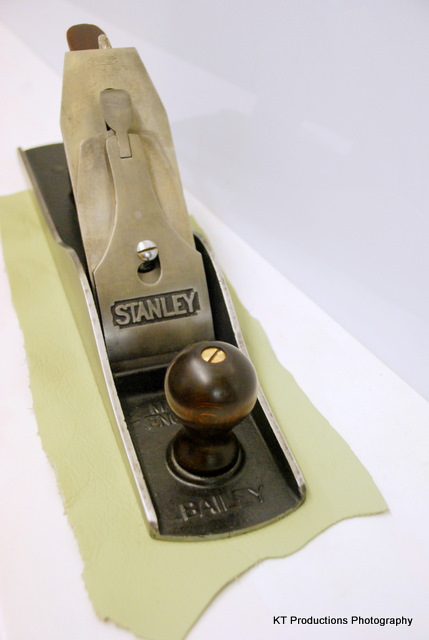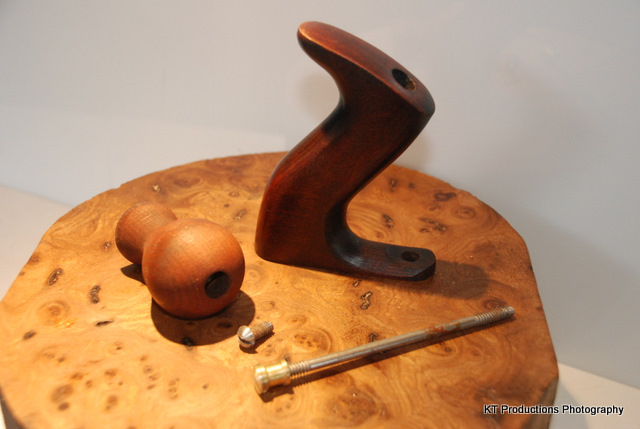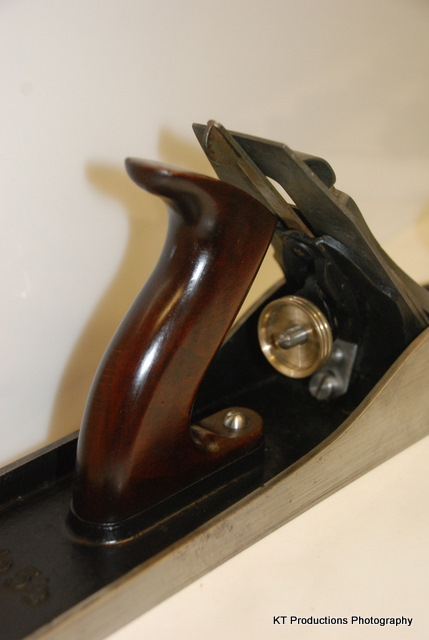I'm sure there have been previous threads about this, but can someone point me in the right direction?
I have two Stanley planes that I am ashamed to say have not seen the light of day for some time languishing in the back of my garage.
The outcome is I now have two slightly rusty planes that I'd like to clean up. What is the best way to achieve this apart from sqillions of man hours with wire wool?
I'm sure I read somewhere there is a liquid you can soark them in that was recommended by everyone here.
TC
I have two Stanley planes that I am ashamed to say have not seen the light of day for some time languishing in the back of my garage.
The outcome is I now have two slightly rusty planes that I'd like to clean up. What is the best way to achieve this apart from sqillions of man hours with wire wool?
I'm sure I read somewhere there is a liquid you can soark them in that was recommended by everyone here.
TC


































